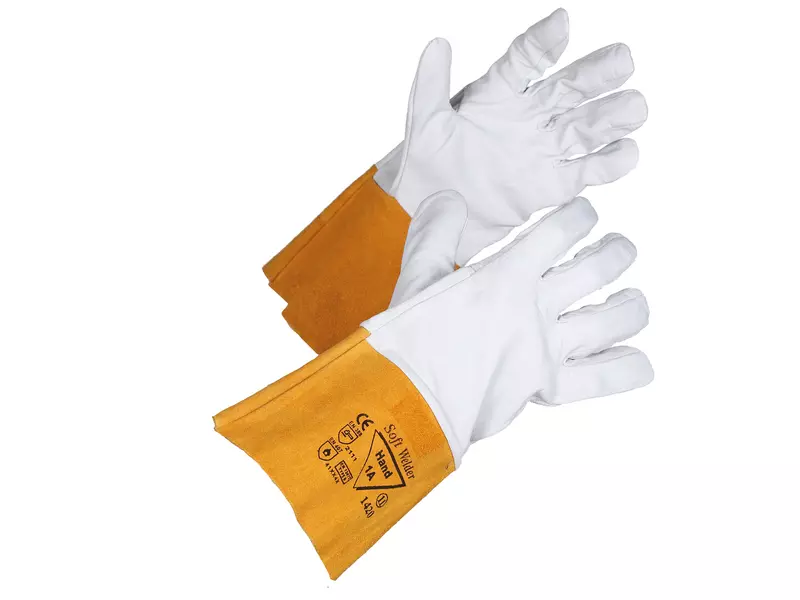
Features You'll Love

Cuff Style · Open
EN 407 · Heat Contact Level 1, Burning Behaviour Level 4, Radiant Heat Level X
Support · Reinforced Safety Cuff
Determines how the glove secures around the wrist, affecting fit, protection from debris, and ease of putting gloves on and taking them off.
This product provides short-term protection against contact with hot objects up to 100°C (212°F) for at least 15 seconds. It is ideal for brief handling of warm items in non-professional settings like home kitchens.
Offers the highest protection against catching fire when briefly touching a naked flame. The material resists burning and will extinguish itself almost immediately, giving you crucial time to react and stay safe from burns.
This product has not been tested for protection against radiant heat, the invisible heat felt from a distance like near a furnace. Therefore, it does not have a certified performance level for this specific type of intense heat hazard.
Indicates reinforced areas or structural enhancements that provide extra durability and protection in high-stress zones like cuffs, palms, or finger areas.

Palm Material · Leather
The material used on the palm side of the glove, affecting grip, durability, protection level, and comfort during use.
Hand1A
Soft Welder Leather Gloves, 10 pairs
Soft Welder Leather Gloves, 10 pairs
(24)
65,00 €
Price per 10 pairs
6,50 € / pair
Choose size
Free delivery
Features You'll Love

Cuff Style · Open
EN 407 · Heat Contact Level 1, Burning Behaviour Level 4, Radiant Heat Level X
Support · Reinforced Safety Cuff
Determines how the glove secures around the wrist, affecting fit, protection from debris, and ease of putting gloves on and taking them off.
This product provides short-term protection against contact with hot objects up to 100°C (212°F) for at least 15 seconds. It is ideal for brief handling of warm items in non-professional settings like home kitchens.
Offers the highest protection against catching fire when briefly touching a naked flame. The material resists burning and will extinguish itself almost immediately, giving you crucial time to react and stay safe from burns.
This product has not been tested for protection against radiant heat, the invisible heat felt from a distance like near a furnace. Therefore, it does not have a certified performance level for this specific type of intense heat hazard.
Indicates reinforced areas or structural enhancements that provide extra durability and protection in high-stress zones like cuffs, palms, or finger areas.

Palm Material · Leather
The material used on the palm side of the glove, affecting grip, durability, protection level, and comfort during use.
Product description
The product description has not been specified